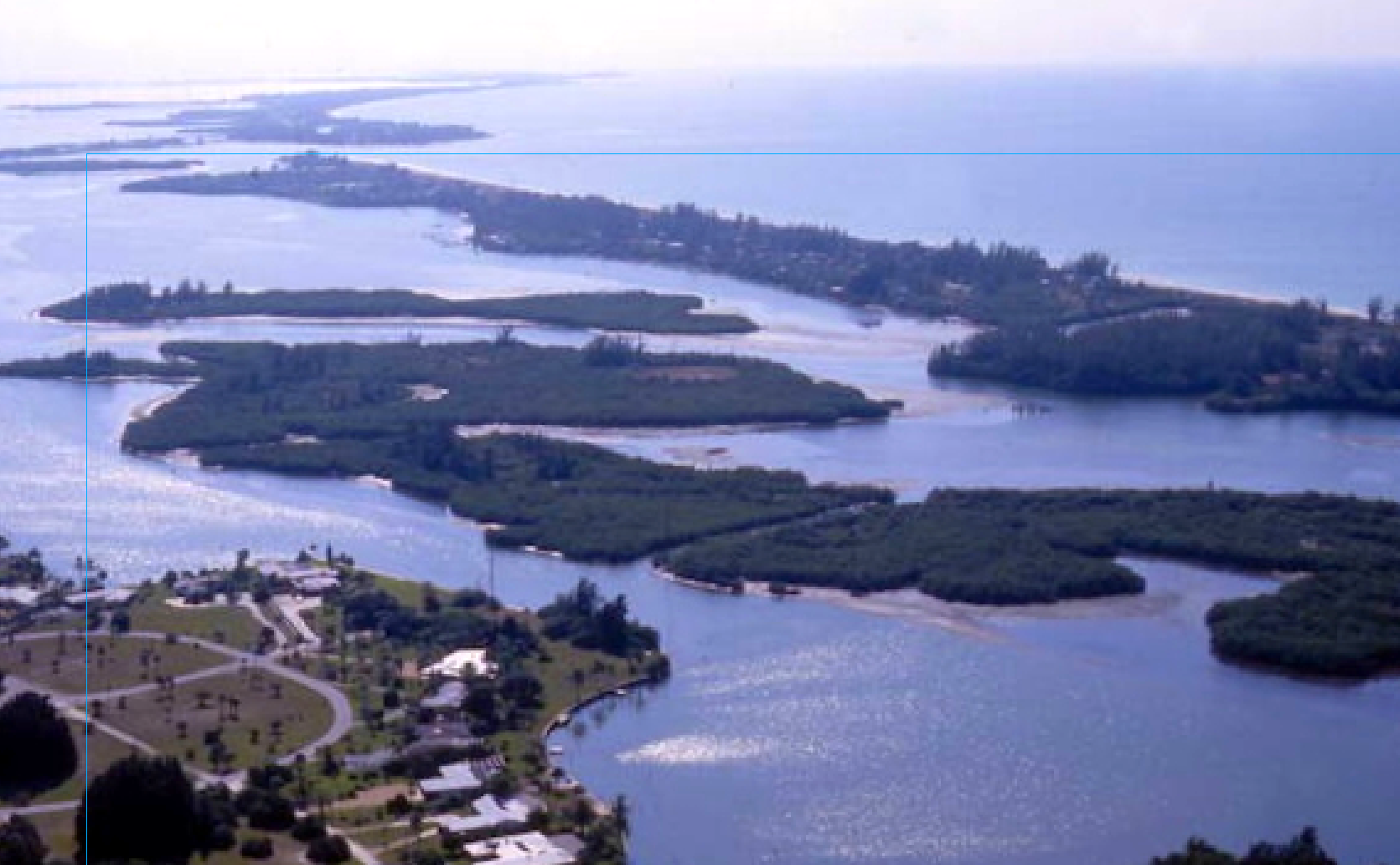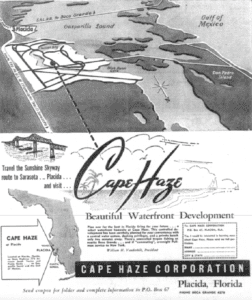County considers sewer system for original Cape Haze neighborhood

As Charlotte County is preparing an engineering report for a new sewer system for the original Cape Haze development, current residents there are asking questions about its need.
“It’s a long process,” said Caroline Wannall, public relations manager for Charlotte County Utilities, who says that to build a sewer system includes not only design and engineering, but costs. There are also meetings with residents, and public comment throughout the process.
“We want them to know they have a say,” said Wannall.
Residents are concerned not only whether the system will actually help nearby waterways, but what happens to the treated, but still nutrient filled, gray water after it goes through the county’s water treatment system, and is used for irrigation.
“We want to be responsible partners with the county on this,” said Cape Haze Property Owners Association President Robert Matthews, who has had encouraging conversations so far about the project.
Matthews is hoping to meet with county officials later this month to review the process, and ask for the specific data that would show that the conversion from septic tanks to sewer would help.
“There is not enough data to support the project,” said Matthews, who cited the fact that more than half of the residents are away during the rainy season, but are here when it is dry. The property density is also lower than much of the rest of urbanized Charlotte County; lots are of a minimum of a half-acre.
Options for Sewers
In coastal areas, it is common that septic systems, or “onsite sewage treatment and disposal systems” can be a risk if they are near waterways and shellfish.
The county has proposed that the conversion project would begin in early 2025, and would have an $850,107 budget. The county has not yet had a hearing of the Municipal Service Benefit Unit, which is the taxing entity that would pay for the project through assessments.
Charlotte County has released a study for the sewer as a follow up to its 2017 Sewer Master Plan, prepared by Edmunds & Associates Inc. of Sarasota with help from Raftelis Financial and Giffels-Webster Engineering.
The older county plan would expand collection mains along corridors including Placida and Gasparilla roads. The plan includes a “Cape Haze Phase I” which would remove septic systems, many of which are decades old, on the island part of Cape Haze, which includes Capstan Drive and Green Dolphin Drive. In that section, the report says that there are 89 lots, with 29 vacant. A “Phase II” would consider all the areas in Cape Haze west of Placida Road, with 126 occupied lots and 180 vacant lots, for a total of 306 hookups.
The first study for the Cape Haze project, prepared by Giffels-Webster, remarked that septic to sewer conversions are difficult when a “community is exclusive.”

The Cape Haze neighborhood is the oldest and original planned neighborhood in Placida and dates from the early 1950s. The brothers Alfred and William Vanderbilt sectioned off the waterfront part of their 2-V Ranch to build Cape Haze, which originally encompassed the area along Coral Creek to what is now Don Pedro Island.
“Septic to sewer projects like this are expensive, disruptive, and unpopular with residents,” the report read. “For this reason, we think a flexible design philosophy should be considered.” Considerations for the project that were in the report included the possibility of a lift station in the coastal or Mediterranean style that would reflect the “tranquil, secluded, and serene” neighborhood.
The report states that the neighborhood is made of “Matlacha gravelly fine sand”, which is easily dug and free of rock and marl. Sewer options were not prescriptive and included a low-pressure sewers, a vacuum sewers, or a gravity sewer.
In other nearby neighborhoods, houses have low-pressure sewers, which collect waste in holding tanks, and send the waste for wastewater treatment. Charlotte also has vacuum sewers, which suck the waste for treatment in narrow pipes, much like a drive-thru bank window, but without a container.
Wannell said that the project is currently at the design engineer stage, which will lead to a preliminary engineering report from Giffels-Webster Engineers that will recommend a system and estimate costs.
“Residents will start seeing survey work within the project area and may begin receiving correspondence from the county or Giffels-Webster regarding the process,” Wannell said.
In Florida, about 30 percent of the population uses a sewer, according the Florida Department of Environmental Protection.
Steps to Charlotte County Sewers
Any sewer project in Charlotte County has a prescriptive set of steps for construction. The steps are as follows:
- The board provides direction to start the design and planning process.
- Design engineer provides preliminary engineering report recommendations with input from residents.
- An “Initial Assessment Resolution” will be presented. At that time, the public hearing will be set.
- Notices will then be sent to property owners of the public hearing date and assessment amount for their property.
- A public hearing is held, and a “Final Assessment Resolution” is presented to the board for approval.









